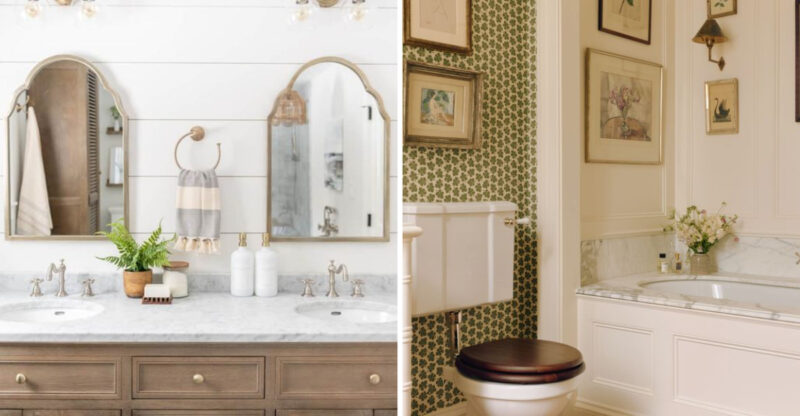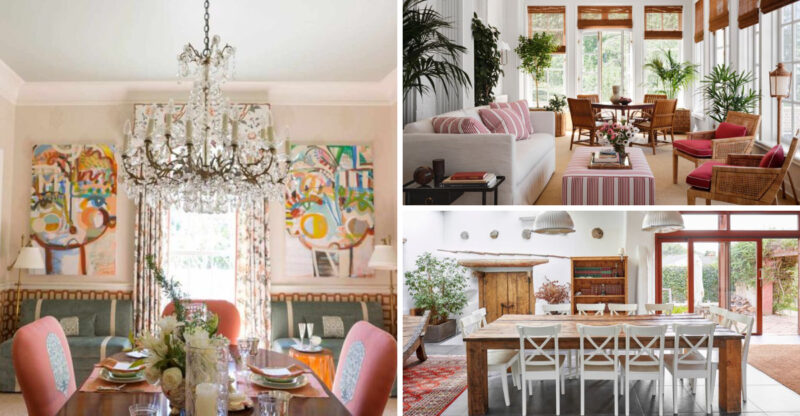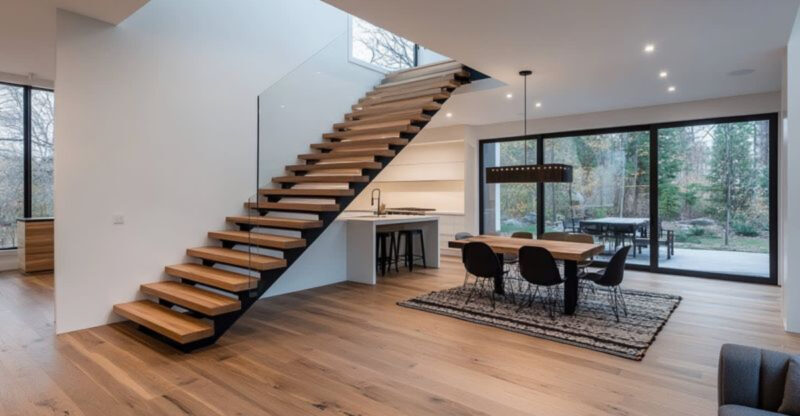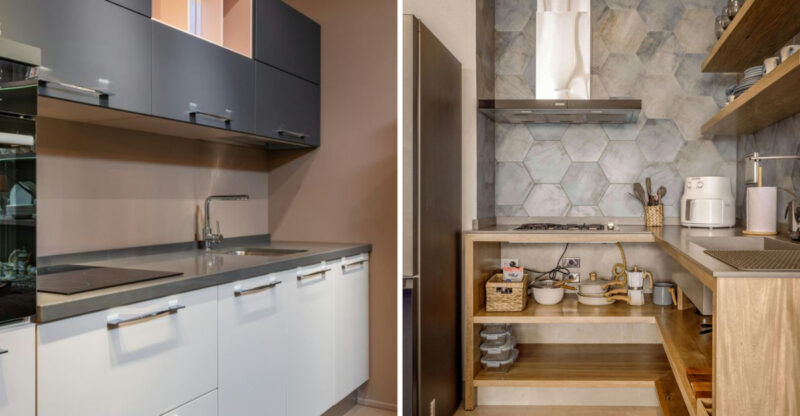How The Five Senses Are Shaping Home Design Trends In Florida

Design is shifting toward experiences that engage the whole body, not just the eyes. In Florida, that movement is shaping homes with atmosphere, texture, and emotion woven into every corner.
Soft sounds, layered materials, and subtle scents work together to ground the senses and influence how a space feels from the moment you step inside.
Some rooms soothe, others energize, all crafted with intention. This sensory-forward approach turns everyday living into something richer and more personal, giving Florida homes a depth that goes far beyond aesthetics.
Sight: Embracing Bold Colors And Patterns
Beige and gray are taking a backseat as Florida homeowners reach for colors with real personality. Navy blues, deep emeralds, and charcoal grays are showing up on walls, furniture, and accent pieces, bringing drama and warmth to rooms that once played it safe.
These rich tones create spaces that feel sophisticated without being stuffy. Pairing bold colors with interesting patterns adds visual energy and makes rooms memorable in ways neutral palettes simply can’t match.
Sound: Prioritizing Acoustic Comfort
Nobody wants to hear every footstep or conversation echoing through their home. Acoustic panels are becoming design features rather than afterthoughts, blending into walls while soaking up unwanted noise.
Soft furnishings like thick rugs, heavy curtains, and upholstered furniture naturally absorb sound. Some homeowners are also adding discreet sound systems that fill rooms with music without overwhelming conversations, creating environments where peace and entertainment coexist beautifully.
Touch: Incorporating Tactile Textures
Running your hand across a velvet cushion or a chunky knit throw adds comfort that goes beyond visual appeal. Designers are mixing materials like bouclé, linen, and natural stone to create layers that invite touch and make spaces feel lived-in rather than staged.
This textural approach transforms sterile rooms into cozy retreats. Each surface tells a different story, encouraging people to settle in and actually enjoy their surroundings.
Smell: Utilizing Scentscaping
Walking into a home that smells like fresh citrus or lavender instantly changes your mood. Scentscaping uses diffusers, candles, and fresh flowers to create signature scents for different rooms, making each space feel intentional and welcoming.
Kitchens might carry hints of vanilla or cinnamon, while bedrooms lean toward calming eucalyptus or chamomile. This thoughtful layering turns houses into sensory experiences that feel personal and memorable.
Biophilic Design: Connecting With Nature
Bringing the outdoors inside isn’t just about adding a houseplant or two anymore. Living walls covered in ferns, large windows framing lush views, and clusters of potted greenery create spaces where nature feels like part of the design rather than decoration.
This connection to nature can boost mood and reduce stress. Rooms filled with plants and natural light simply feel better, offering daily reminders of the beauty waiting just outside.
Taste: Food-Inspired Design Elements
Tomato reds, lemon yellows, and olive greens are jumping from the kitchen counter onto walls and furniture. Food-inspired palettes bring unexpected warmth and playfulness to rooms, making them feel inviting without trying too hard.
These colors feel familiar and comforting, like your favorite meal. They add personality while staying grounded in nature, creating spaces that feel both fresh and timeless in ways trendy colors often miss completely.
Indoor-Outdoor Living: Blurring Boundaries
Walls of glass are erasing the line between inside and outside, letting Florida’s sunshine and breezes flow freely through living spaces. Sliding doors that disappear into walls create rooms that expand into patios and gardens without missing a beat.
This design approach maximizes natural light while making homes feel larger and more connected to their surroundings. Indoor furniture spills onto outdoor decks, creating flexible spaces perfect for Florida’s year-round climate.
Sustainable Materials: Eco-Friendly Choices
Bamboo floors, reclaimed wood tables, and furniture made from recycled plastics are showing up in homes where style meets environmental responsibility. These materials prove that eco-friendly choices don’t require sacrificing beauty or durability.
Choosing sustainable options reduces environmental impact while adding unique character to spaces. Each piece often carries its own story, whether it’s salvaged barn wood or innovative recycled composites that look surprisingly elegant and modern.
Multifunctional Spaces: Maximizing Utility
Rooms that wear multiple hats are becoming essential rather than optional. Home offices double as guest rooms, dining tables transform into workstations, and living rooms accommodate everything from movie nights to yoga sessions without feeling cramped or cluttered.
This flexibility reflects how people actually live today. Smart furniture choices and thoughtful layouts create spaces that adapt to changing needs throughout the day and week.
Smart Home Integration: Enhancing Convenience
Voice commands that dim lights, thermostats that learn your schedule, and security systems you control from your phone are becoming standard rather than luxury additions. Smart technology is weaving itself into Florida homes in ways that feel natural rather than intrusive.
These systems offer convenience while often improving energy efficiency. The best integrations work quietly in the background, making daily life smoother without demanding constant attention or complicated programming.






